Dill seeds
Description :
Dill seeds are originated in Central Asia. It is however is also grown in large quantity in Egypt and Mediterranean countries or Eastern Europe. It is also getting popular in North America. It’s related species Sowa is grown in India whose fruits are larger but less fragrant.
Anethum sowa is the scientific name of dill and belongs to the Umbelliferae family. The leaves and seed of the dill plant are popularly used as a spice by the Eurasian countries. In India it is otherwise known as Soa/Soya.
India and Pakistan are the major dill production countries along with Egypt, Fiji, Mexico, Netherland, United States, England, Hungary are other commercially productive areas, making small contributions to the world production.
Dill is an annual herb native to the Central Asia, it is also widely grown in Europe and Northern Africa for its culinary and medicinal use. Dill weed, dried leaves of the same plant is also used for flavoring. It is milder in taste when compared to dill seed.
- The dill plant has numerous health benefits such as helps in digestion, stimulates menstruation, strengthening of bones, dental care etc. It is also used widely by the culinary world. India leads in the production of dill seeds and it’s related products.
- Fresh and dried dill leaves (sometimes called "dill weed" to distinguish it from dill seed) are used as herbs, mainly in Sweden, the Baltic, in Russia, and in central Asia.
- Dill seed is used as a spice, with a flavor somewhat similar to caraway but also resembling that of fresh or dried dill weed.
- Dill seeds were traditionally used to soothe the stomach after meals. Dill oil can be extracted from the leaves, stems and seeds of the plant..
Dill seeds nutrition facts and specifications
| PARAMETER | VALUE |
|---|---|
| Color | Light brown to moderate brown |
| Salmonella | Absent / 25 guar-gum-split |
| Purity | 99.95% Min |
| Particle size | 5.0 % Max. |
| Moisture | 10.0 % Max. |
| Total ash | 4.0 % Max. |
| Acid insoluble ash | 1.0% Max. |
| Extraneous foreign matter (% by weight) | 0.5 % Max. |


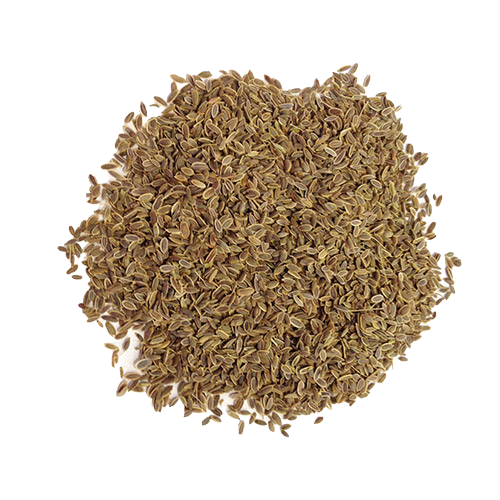
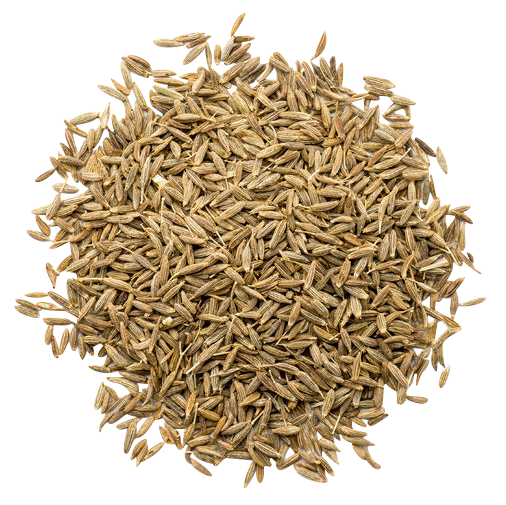
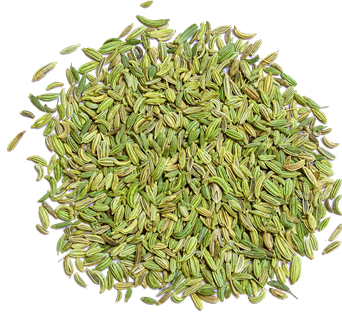
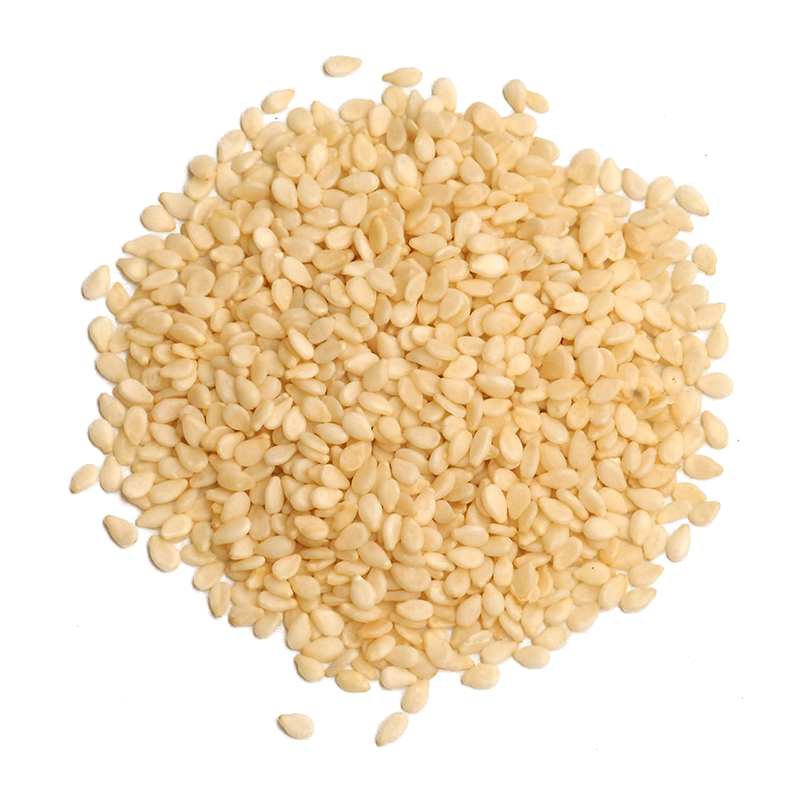

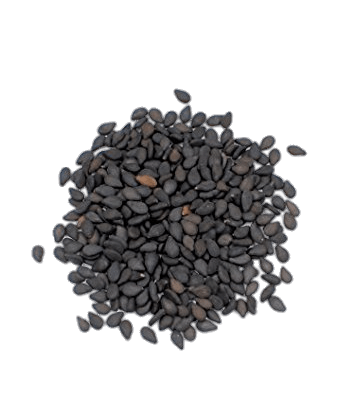
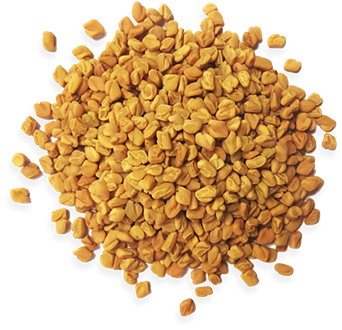
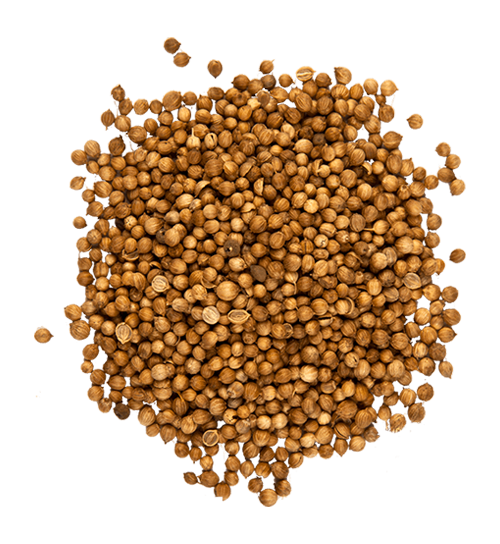
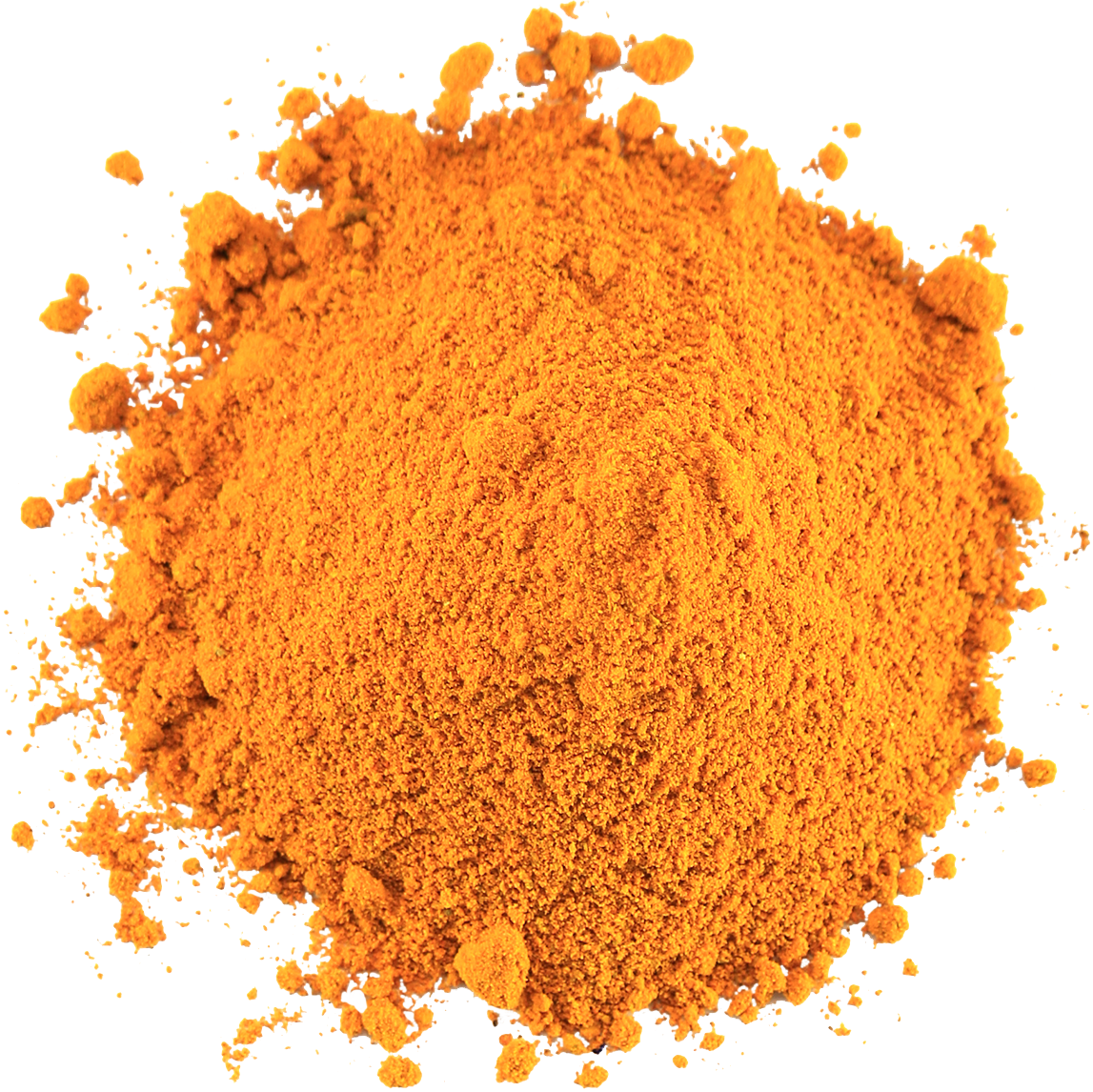
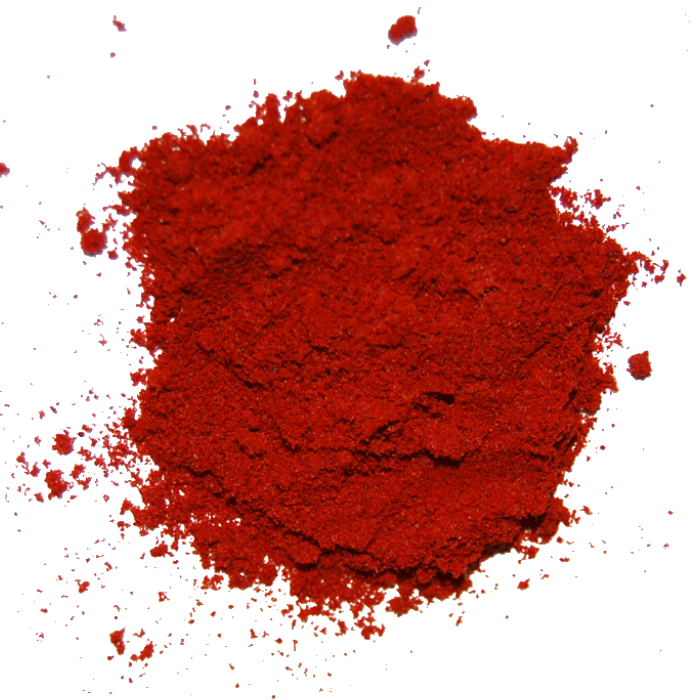
.png)